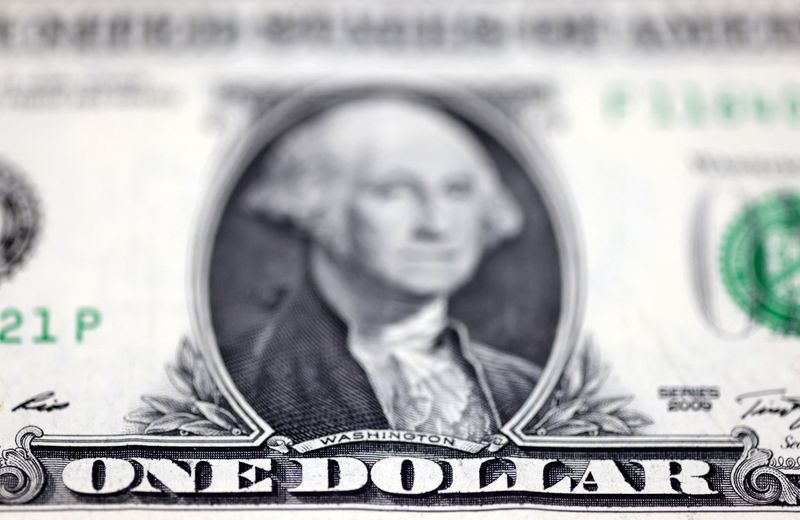By Dhara Ranasinghe
LONDON (Reuters) -The U.S. dollar’s dominant status as a reserve currency is likely to persist, partly because even its most talked about alternative falls short as a credible challenger, Morgan Stanley said in a report on Thursday.
Russia’s rivalry with China, Russia’s war in Ukraine, Washington’s row over the US debt ceiling and rising debt levels have put the dollar’s status as the world’s dominant currency under scrutiny in recent years.
In a new report examining the dollar’s reserve status, Morgan Stanley said it did not expect the currency’s dominance to change anytime soon, noting that the dollar’s influence on the global economy on a range of economic and financial measures is strong stays.
Concerns about the US budget outlook and Washington’s continued use of economic sanctions could motivate some countries to seek alternatives to the dollar, but that is a difficult task, Morgan Stanley said.
“The most talked about competitor is China, and we expect a modestly more global role for the CNY,” the Morgan Stanley note said, referring to the yuan.
“But we believe China’s ‘3D challenge’ of debt, deflation and demographics will limit the CNY’s international appeal,” the note added, which estimated that yuan currency reserves should rise from 2.3% now to just 5% in 2030.
Morgan Stanley said periods of dollar weakness were to be expected, while the looming US presidential election could test the greenback’s status.
Global currency reserves are more than $12 trillion, global trade is about $35 trillion and cross-border bank lending is more than $38 trillion, according to Morgan Stanley.
“So even small percentage changes can lead to large nominal changes,” it added.
“We expect only a moderate and gradual decline in international use of the USD given increasing multipolarity and persistently low diversification costs for reserve managers,” the note said.
In terms of price impact, “a real loss of USD dominance would lead to higher interest rates and a weaker currency,” the report said.
Morgan Stanley also sees more strength for the dollar in the short term.

Stubborn U.S. inflation and a resilient economy that have prompted markets to scale back expectations for rate cuts, along with increased tensions in the Middle East, have boosted the dollar recently.
This week, the dollar hit a 34-year high against the yen and a five-month high against the euro.


